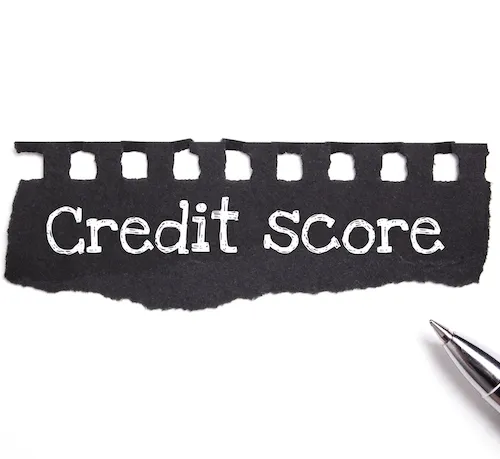A good credit score is a reflection of a person's creditworthiness based on their credit history, and it can play a significant role in a person's ability to secure loans, credit cards, or even certain jobs. Credit scores are commonly calculated using models developed by Fair Isaac Corporation (FICO) and VantageScore. Here's a general breakdown of credit score ranges for the FICO model:

300 - 579: Poor
580 - 669: Fair
670 - 739: Good
740 - 799: Very Good
800 - 850: Excellent
For VantageScore 3.0, the ranges are:
300 - 499: Very Poor
500 - 600: Poor
601 - 660: Fair
661 - 780: Good
781 - 850: Excellent
While the specific numbers can vary slightly based on the exact model used and the reporting agency, in general:
Scores in the mid-700s and above are typically considered to be excellent and may qualify borrowers for the best rates and terms.
Scores in the high 600s to the mid-700s are good and should still secure favorable lending terms.
Scores below the mid-600s might lead to higher interest rates or even loan denials.
It's worth noting that while your credit score is essential, lenders often consider other factors too, such as income, employment history, and overall debt levels, when making lending decisions. Regularly checking and understanding your credit report, paying bills on time, and maintaining low debt levels can help improve and maintain a good credit score.


